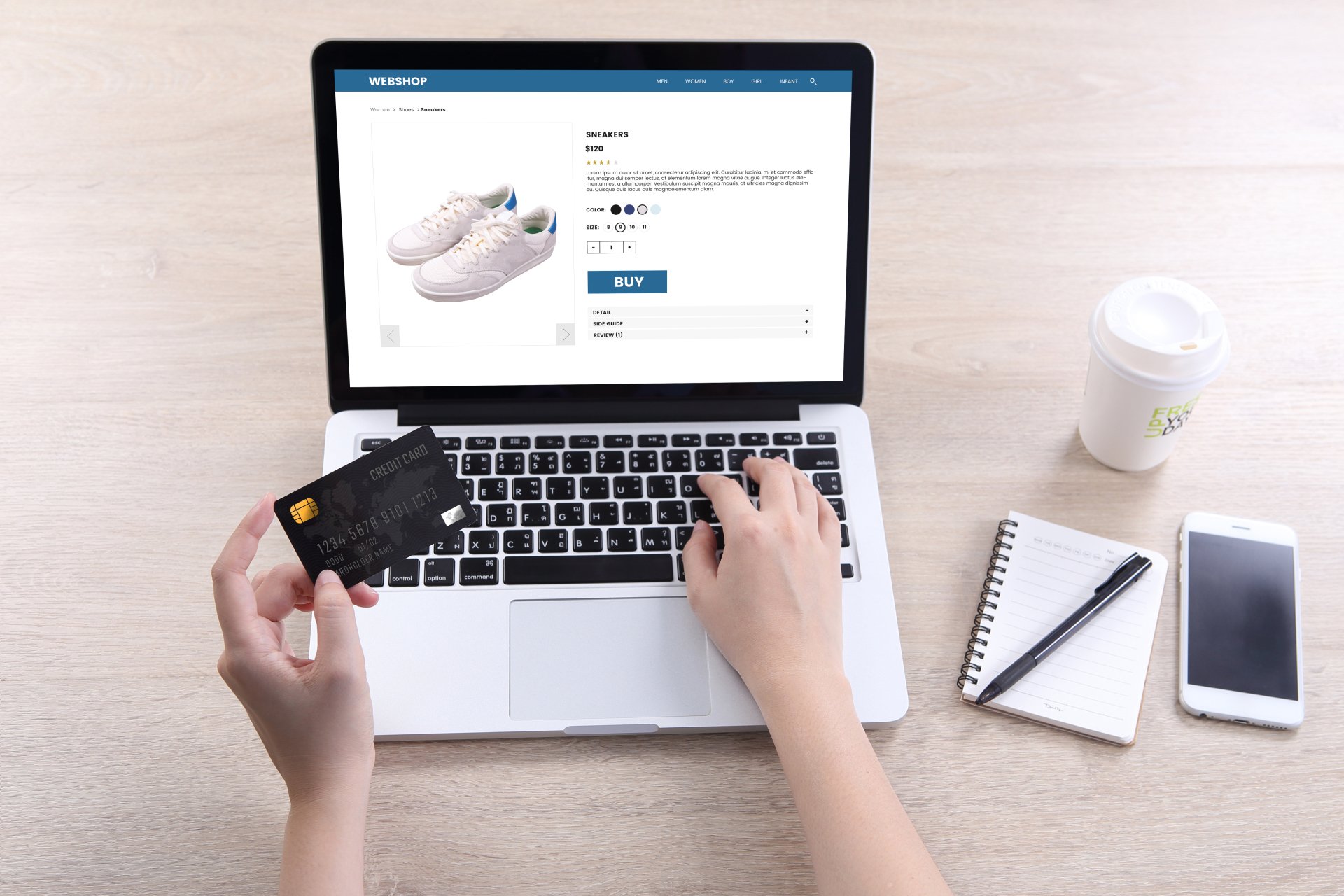Mobile devices have become the preferred choice for online shopping, with more than half of global e-commerce sales now occurring on smartphones and tablets. As this trend continues to grow, mobile checkout has emerged as a crucial aspect of the customer journey that can directly impact sales, customer satisfaction, and brand loyalty. In this blog, we will discuss the importance of mobile checkout for e-commerce sales and provide tips on how to optimize it for better results.

1. The Rise of Mobile Commerce
Mobile commerce, or m-commerce, has revolutionized how consumers shop. People are increasingly using their smartphones to browse products, compare prices, and make purchases. With mobile shopping accounting for a significant share of overall e-commerce revenue, ensuring a smooth and efficient mobile checkout process is critical to converting these shoppers into buyers.
- Tip: As mobile continues to dominate e-commerce, optimizing for mobile checkout isn’t optional—it’s essential. A seamless mobile experience directly contributes to higher conversion rates and customer satisfaction.
2. Reducing Cart Abandonment
One of the primary reasons for high cart abandonment rates is a cumbersome mobile checkout process. A long, complicated, or poorly optimized checkout experience can frustrate users, leading them to abandon their purchase at the final step. Streamlining mobile checkout can significantly reduce cart abandonment and boost sales.
- Tip: Simplify the mobile checkout process by reducing the number of steps, minimizing form fields, and offering a guest checkout option to speed up the process.
3. Convenience and Accessibility
Mobile checkout allows customers to complete purchases from anywhere, anytime. This convenience is a key driver of e-commerce sales. Shoppers are often making quick, on-the-go purchases, so the checkout process needs to be fast and accessible to prevent them from losing interest.
- Tip: Ensure that your mobile checkout process is intuitive and easy to navigate, offering a seamless experience whether the customer is at home or on the move.
4. Mobile-Friendly Payment Options
Mobile payment methods such as Apple Pay, Google Pay, and PayPal have made it easier for consumers to complete purchases quickly without needing to input card details. These payment options not only speed up the checkout process but also add a layer of convenience that modern shoppers expect.
- Tip: Integrate popular mobile payment options to provide customers with fast, secure, and convenient ways to pay. Offering multiple payment methods can also help capture a broader range of customers.
5. Optimizing for Speed and Performance
Mobile shoppers expect fast load times, especially when it comes to checkout. A slow or laggy checkout process can frustrate users and lead to drop-offs. Optimizing the mobile checkout experience for speed and performance is key to keeping customers engaged and completing their purchases.
- Tip: Compress images, minimize heavy scripts, and use tools like Google’s PageSpeed Insights to ensure fast load times on mobile. Every second counts, and improving load speed can have a direct impact on sales.
6. Security and Trust
Mobile shoppers are often concerned about the security of their personal and payment information. Providing a secure checkout process that instills trust is crucial for encouraging mobile users to complete their purchases. A well-designed mobile checkout process will prominently display trust signals, such as security badges, SSL certificates, and secure payment options.
- Tip: Use SSL encryption, display security badges, and ensure that customers know their information is protected. Incorporate two-factor authentication (2FA) or biometric authentication options for added security.
7. Guest Checkout and Account Creation Options
Forcing mobile users to create an account before purchasing can be a major barrier to completing a sale. Offering a guest checkout option allows customers to make quick, one-time purchases without going through the hassle of account registration, improving the overall checkout experience.
- Tip: Provide an option for guest checkout alongside account creation. Allow customers to create an account after their purchase if they choose, offering incentives like discounts for future orders to encourage sign-ups.
8. User-Friendly Form Fields
Entering information on mobile devices can be challenging due to smaller screens and touch keyboards. Long forms with unnecessary fields can frustrate users and lead to drop-offs. Streamlining form fields and using mobile-friendly input methods can greatly enhance the checkout experience.
- Tip: Minimize the number of form fields, using only essential information such as shipping address and payment details. Use auto-fill features, drop-down menus, and input masks to simplify the process for mobile users.
9. Visual Clarity and CTA Buttons
Clear visual design is crucial for guiding mobile users through the checkout process. Call-to-action (CTA) buttons, such as “Buy Now” or “Complete Purchase,” should be prominently displayed and easy to tap on smaller screens. Visual hierarchy should guide users from one step to the next without confusion.
- Tip: Ensure that your mobile checkout buttons are large enough for easy tapping and stand out against the background. Use consistent, easy-to-read fonts and clear instructions to avoid any ambiguity during the checkout process.
10. Post-Purchase Engagement
The mobile checkout experience doesn’t end once a customer completes their purchase. Keeping customers engaged post-purchase is essential for building loyalty and encouraging repeat business. A well-designed order confirmation page, clear shipping updates, and post-purchase email communication can keep customers informed and satisfied.
- Tip: Send mobile-optimized order confirmation emails and allow customers to track their purchases directly from their mobile devices. Offer incentives like discount codes for their next purchase to encourage repeat business.
11. Personalization for Mobile Shoppers
Personalization can significantly enhance the mobile shopping experience. Tailoring the mobile checkout process to customers based on their past behaviors, location, or device can make the experience more relevant and enjoyable.
- Tip: Use customer data to personalize the checkout experience, offering relevant payment options, pre-filled information, and personalized product recommendations. Consider localized checkout options for global customers, such as currency conversion or regional payment methods.
Conclusion
In today’s mobile-driven world, optimizing the mobile checkout process is essential for maximizing e-commerce sales. With more consumers relying on their smartphones for online shopping, businesses must provide a seamless, fast, and secure mobile checkout experience to stay competitive. By focusing on simplicity, convenience, speed, and security, businesses can reduce cart abandonment, improve customer satisfaction, and drive more conversions through mobile devices.


No responses yet